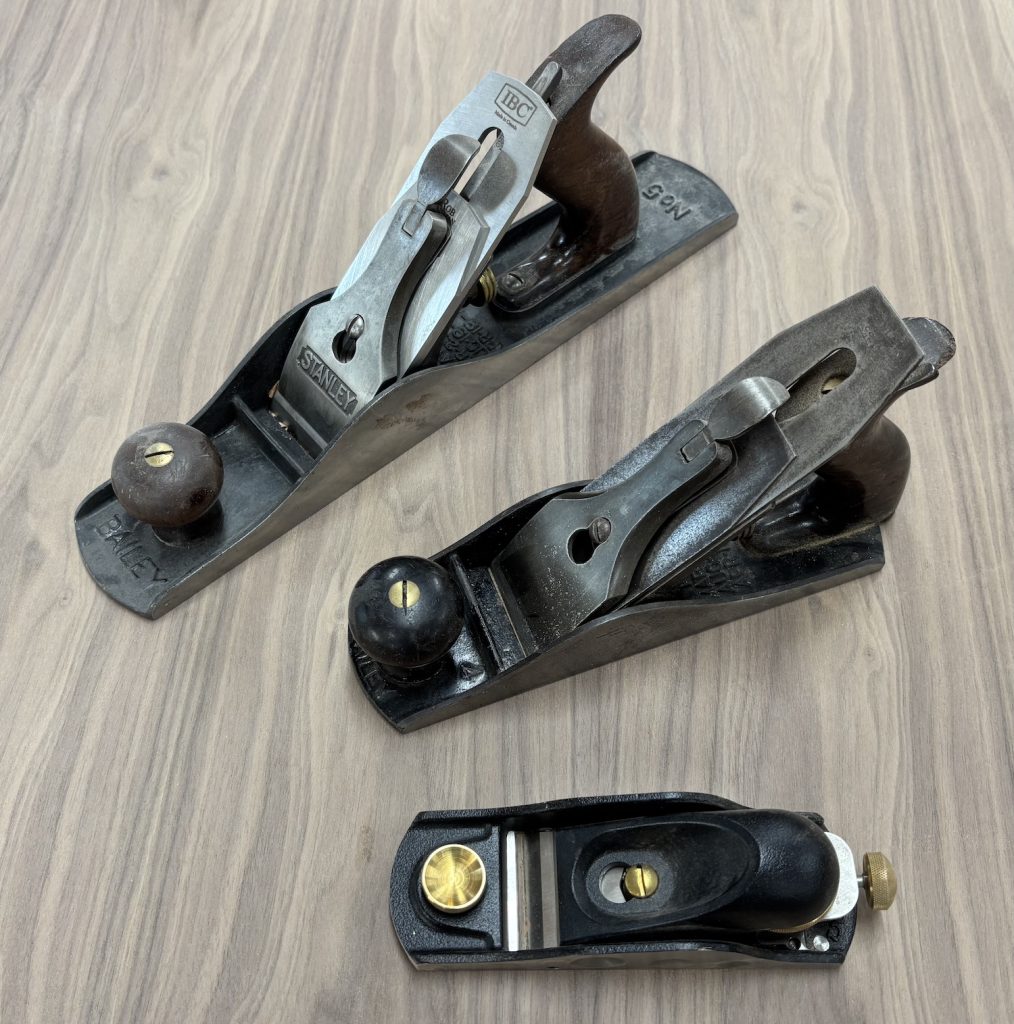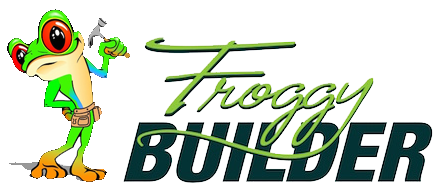Veritas and Two Stanleys
Over the past twelve years, I’ve been perfecting my furniture-building skills, and I think I’ve gotten pretty good at it, but I’ve left out a critical piece of the woodworking experience and perhaps the joy. That’s the use of hand tools. I’ve obviously used some hand tools — some chisels, a block plane, plenty of sandpaper, and a handsaw now and then, but I’ve never perfected my skills, especially with bench planes. I’ve been able to do that because, as Christopher Schwarz says in his book, HandPlane Essentials, “Power tools allow the new woodworker to accomplish great feats of furniture building when our skills are limited.”
It’s come to that point in my woodworking journey when I’d like to be proficient with hand tools as well. It all started when I joined several large panel pieces in a row. Without the advanced smooth capabilities of a drum sander, I was reduced to the handheld belt sander (very dangerous) and tons and tons of card scraping to get a smooth surface because I didn’t have any skills with bench planes.
So I started looking into bench planes. There is no doubt that high-quality new planes cost a lot of money, but they will likely last several lifetimes, so it might be an investment worth making. I decided to start with some vintage Stanley planes from eBay. Before I spent hundreds of dollars, I wanted to make sure I could get a good plane set up precisely and learn to use it skillfully.
I discovered there’s a lot to learn about planes. After several weeks of studying, I decided on a few planes. From eBay, I bought a Stanley #4, smoothing plane and a #5, jack plane, both Type 11 (it represents the period when the plane was made. More on that in another post), and I ordered a new Veritas low-angle block plane–it cost more than the Stanleys combined. I eventually want to add a #7 jointer plane. That should complete my set and meet my needs. Although I might like to try the #3 for smoothing, since it might fit my small hands better than the #4. I might already have the bug.
I’m new to hand planes and might find that I don’t need all of these, or I might need more, but this is my starting point. I’ll use the #5 for some rough clean-up and flattening of jointed boards that didn’t quite line up perfectly. If everything glues up pretty well, I’ll use the #7 to make sure the piece is flat, and then in both cases, I’ll move on to the #4 to prep for finish. If I need to after #4, I can finish with a bit of scraping or hand sanding with 220 grit. This is the goal!
I’ll also use the #7 to prep edges for jointing if there are some leftover machine marks. And I’ll use the block plane for basic edging or adjusting sizes. Finally, I have a shoulder plane that I purchased several years ago. It is one of those hand tools I’ve actually used quite a bit. It is made for cleaning up joinery and it does its job wonderfully.
After I get the planes figured out, I may move on to some hand saws and some higher-quality chisels, but one step at a time.

